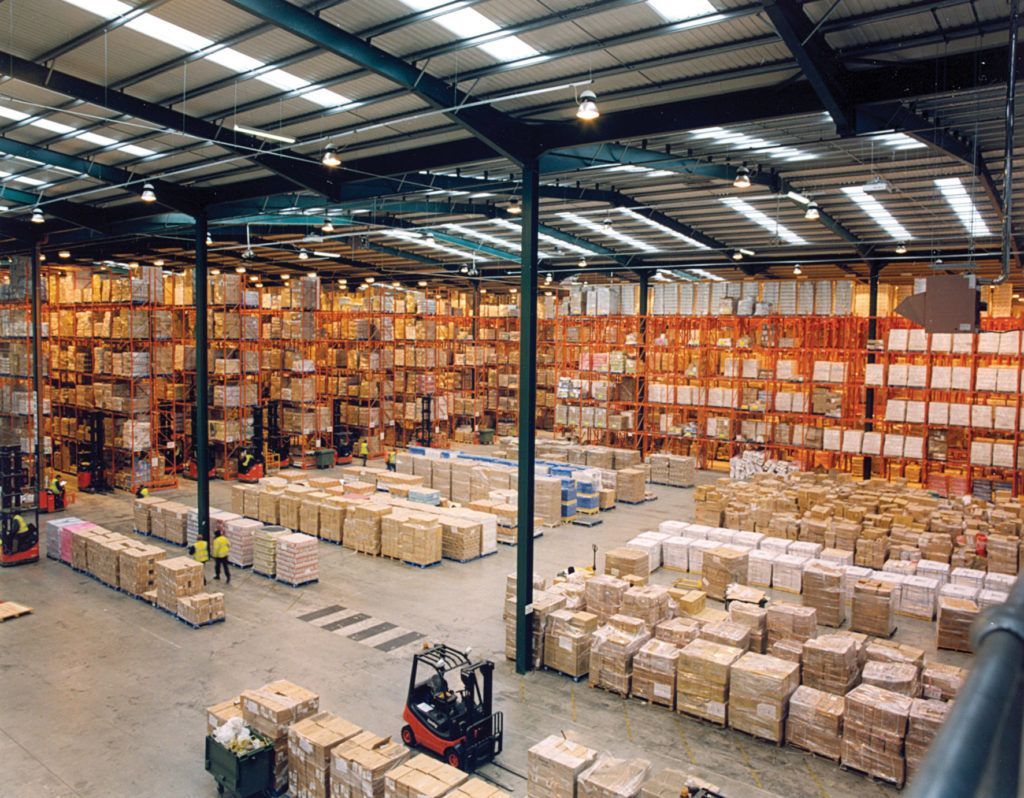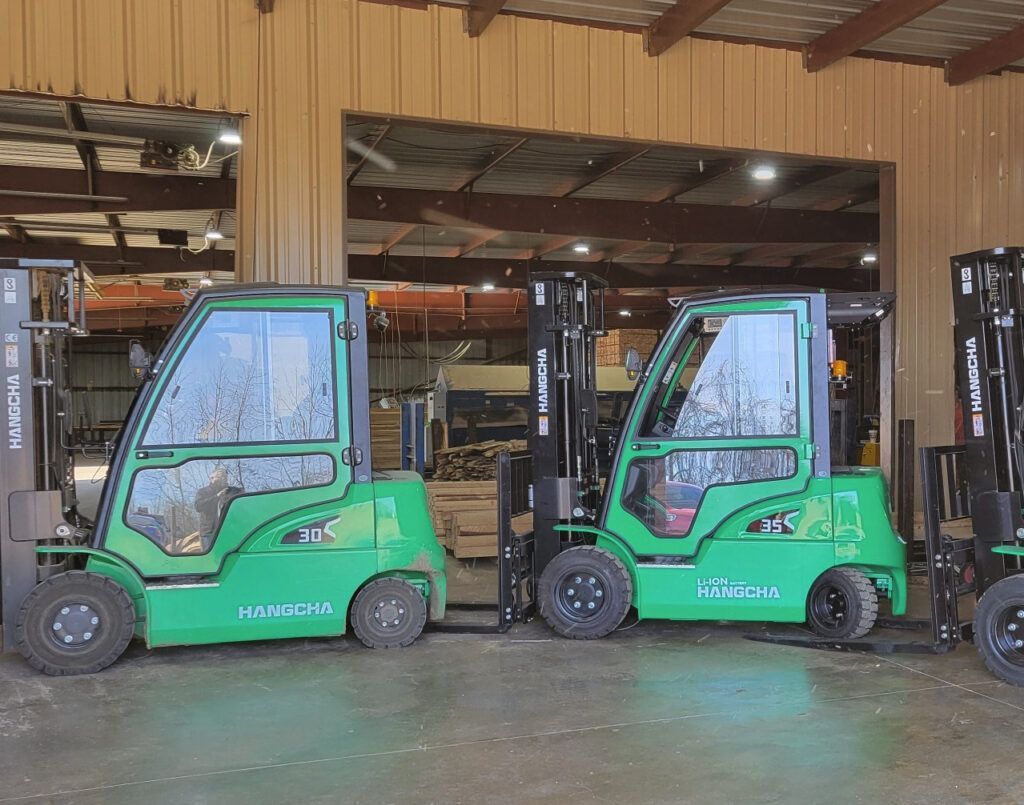Keep Your Warehouse Safe During the Holiday Shipping Season
Holiday Shipping Season. New research shows that fatigued employees cost employers around $136 billion a year due to absenteeism, health-related costs, and lost productivity — to the tune of more than $3000 per employee. As we head into the holiday shopping season and warehouse activity is poised to heat up for the busiest time of the year, it’s important to understand how you can optimize your warehouse management strategy to keep employees safe and costs under control.
Warehouses see their fair share of non-traditional shifts, but OSHA makes a point of mentioning that “non-traditional shifts and extended work hours may disrupt the body’s regular schedule, leading to increased fatigue, stress and lack of concentration.” This, in turn, can increase the possibility of having accidents on and around equipment that workers are typically familiar with. Signs like weariness, irritability, and reduced alertness can all indicate excessive fatigue.
While employees who work in an office may not see huge consequences from being sleepy on the job, warehouse employees who are suffering from fatigue could be tired enough to make mistakes that can potentially lead to one of the more than 60,000 forklift accidents reported every year by OSHA. It may be easy to make fun of workers that doze off in the break room or sneak to a dark corner of the warehouse for a rest, but this is a red flag that they could be suffering from fatigue.

Invest in a Warehouse Management System
Turning to advanced technology designed specifically for warehouse management optimization can offer huge benefits across the board, but especially for managers looking to help combat fatigue. To begin with, a warehouse management system (WMS) can be designed to track employee breaks and overtime.
A WMS can also show ways to optimize inventory layout. Using data provided by the system, you can easily see which products are most frequently picked and place them in convenient areas of the warehouse, shortening the fulfillment process and reducing physical wear and tear on workers. Organizing inventory is also a way to reduce physical exertion; pay close attention to how long it takes and how taxing it can be for employees to sort through inventory to find what they need.
Take a strategic approach to recruiting
Overworking your employees can quickly lead to burnout. Turnover rates are already high enough in warehouses, and that’s especially true during the holiday season. Start recruiting early, and diversify your efforts to build a roster that will allow all of your workers to take sick or mental health days if they’re feeling like they need some time to rest.
To reduce turnover once you have employees in place, make sure you’re compensating them fairly, maintaining a culture that supports wellbeing, offering scheduling flexibility, thinking about bonuses, and letting employees know that there’s room to move up. These efforts will not only reduce costs but also help mitigate the demands of long hours and non-traditional shifts.

Double down on safety programs
When was the last time you held safety training? Or reviewed protocols or guidelines for equipment use? Although these processes may not directly reduce fatigue for employees, they can reinforce basic safety understanding that can easily be recalled, even during the hardest, longest shifts. Make all of this information accessible 24/7 through digital channels like employee portals or even social media content. If employees are tired or stressed out, they may be less likely to take a safety shortcut if they know their questions about things like equipment use or loading dock procedures can be answered instantly.
Additionally, ensure that every employee from the top down can support the culture of safety — even team members that don’t regularly work with equipment or on the warehouse floor. For non-native English speakers, provide plenty of materials they can understand. Don’t overlook the importance of a contingency plan. Although nobody wants accidents to happen, a strategic, proactive approach to handling incidents can give everyone in the organization peace of mind.
Update your warehouse
Even when employees aren’t facing fatigue, outdated warehouses and equipment can increase the risk of accidents. Whether you’re looking for equipment for your newly purchased warehouse or you’re looking to replace aging warehouse supplies, Benco Industrial Equipment can help.
We respond in minutes, not days, to ensure our customers always have the material handling equipment they need to keep their warehouses running smoothly. Our staff is experienced in handling all sorts of industrial equipment issues, from forklift repair to installing new warehouse doors, so no matter your need, our team of industrial equipment experts can help.
Get in touch now to prepare your warehouse for the holiday season, and keep everyone safe — all year long.
The post Keep Your Warehouse Safe During the Holiday Shipping Season appeared first on Benco Industrial Equipment.




